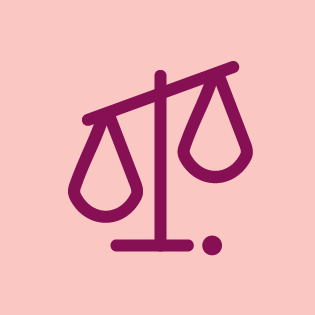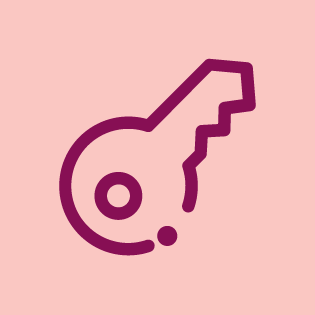Your read progress
Understanding the different types of debt
4 minute read
Updated 18th June 2024 | Published 17th February 2023

We asked Payplan, who won ‘Best Financial Support Provider’ at our Consumer Credit Awards 2022 to take over our blog to help you understand the types of trending debt.
Buy now, pay later (also known as ‘BNPL’)
Buy now, pay later is a scheme offered to customers when they are at the point of making a purchase, usually online, which helps them to spread the cost of what they’re purchasing.
You could be offered to pay over a certain number of payments, like buy now and pay in three equal monthly instalments. For example, an item costs £300. Instead of one lump sum of £300, you would make three payments worth £100 over the space of three months to pay for the item.
But there is a danger with BNPL, as a missed payment can negatively affect your credit score. Missed or late payments can be recorded on your credit report for six years, which could harm your chances of being approved for new credit, including a personal loan, credit card or mortgage.
Credit cards
Most people will have come across the term ‘credit card’ at some point in their life, but what does it actually mean, and what is credit card debt?
Credit card debt is one of the most common types of debt – they’re seen as an easier way to borrow and make payments and – as long as they’re used properly – can be a helpful way to spread the costs of bigger purchases.
However, if you’re not careful, they can also be an easy way into debt. Aside from having high-interest rates, credit cards can take a long time to pay off and often have expensive charges for late or missed payments, which can quickly add up.
Catalogue loans
Catalogue loans are used to make purchases and spread a cost over several payments to make things more affordable. However, this is often an expensive way to borrow, as catalogue loans come with high-interest rates – meaning you’ll end up paying back more than you’ve actually spent in the long run. Some people choose to do this weekly, others monthly – and some people don’t end up fully paying off their purchase for a number of years.
You might hear a catalogue loan – or catalogue credit – being referred to in other terminology like a ‘shopping account’ or a ‘mail order account’ and people often refer to their credit purchase as being bought ‘on account’.
Personal, secured and unsecured loans
A personal loan is when an amount of money is borrowed from a lender (such as a bank) which is then repaid in fixed amounts over an agreed number of months (or years). An unsecured loan means you’ve borrowed money but haven’t had to back it up (or secure it) with an asset, such as your property or car (or something of value that you own).
The danger with a secured loan is that your lender has the legal right to sell your asset if you don’t keep up with your repayments – in the example of your property, you risk this being repossessed.
On most loans, you’ll be charged interest on top. The interest rate you’re offered at the point of sale will be affected by different factors like the amount you’re borrowing, the length of the loan and your credit rating.
Overdrafts
An overdraft acts as a credit buffer on a bank account – it’s important to remember each time you go into your overdraft, you’re borrowing money. There are two types of overdrafts:
Arranged overdraft
The amount of your overdraft is within the limit agreed with your bank. You may be charged interest for using your arranged overdraft.
Unarranged overdraft
The amount of your overdraft is not within the limit agreed with your bank. This could be where you’ve spent more money than your agreed limit or you don’t have an agreed borrowing amount with the bank. You’ll be charged daily when you go into an unarranged overdraft.
This blog provided by PayPlan is intended to provide guidance on types of debt rather than specific advice – and the breakdown is not an all-encompassing list detailing every type of debt. Those in need of debt advice are advised to contact a debt management organisation like PayPlan for further help.
__________________________________________________________________________________
Thanks to Payplan for taking the time to explain the different types of debt. If there’s a topic you’re interested in finding out more about, let us know and we’ll try to cover them in our upcoming blogs.
Don't forget, you can leave a review for Payplan, or any other debt management provider, on Smart Money People, or check out what others are saying with our Payplan reviews. If you’re searching for a debt management provider, you can read reviews from real people so you can make more informed choices.
Written by Errolyn
Senior Content and Social Media Executive
As Featured By
Join our mission
We use the power of consumer reviews to help increase trust and transparency in financial services and to deliver industry leading insight and events.
Write a reviewExplore our other topics

News: Awards

News: Industry news

News: Smart Money People news

Guides: Smart money guides

Guides: Smart money tips


.png)

